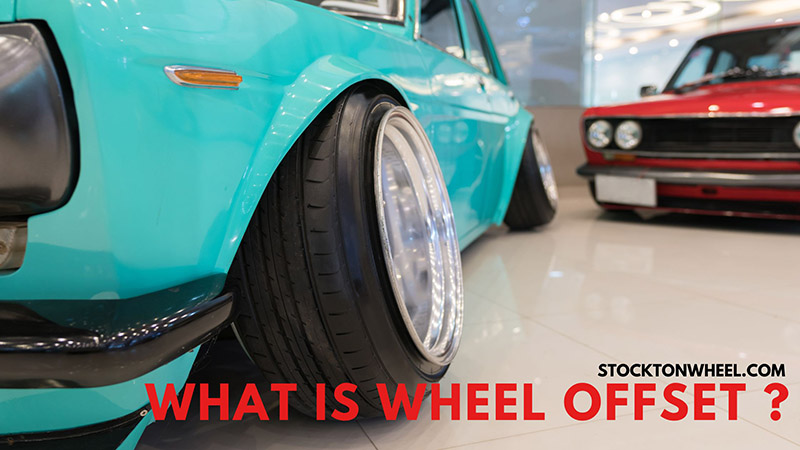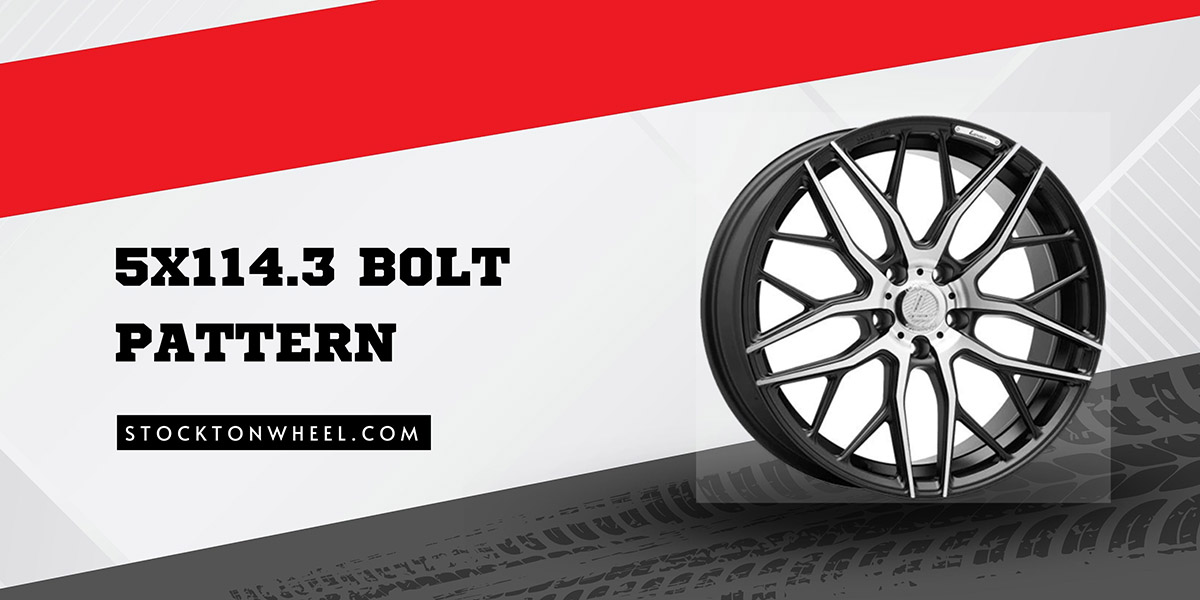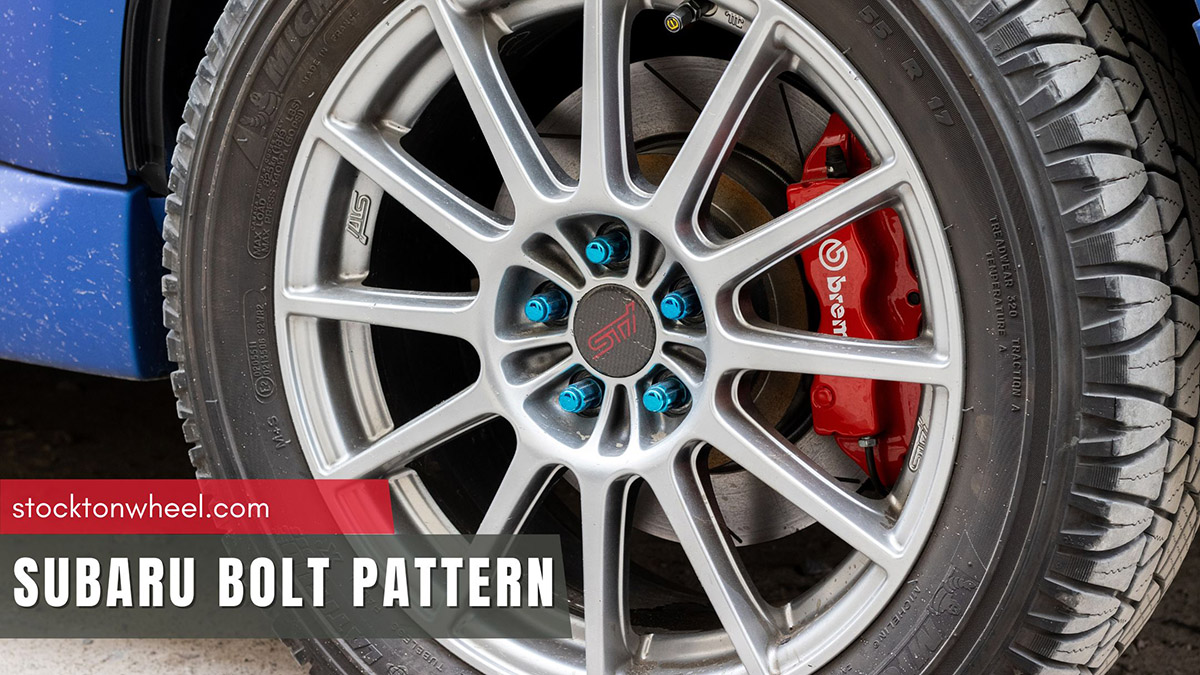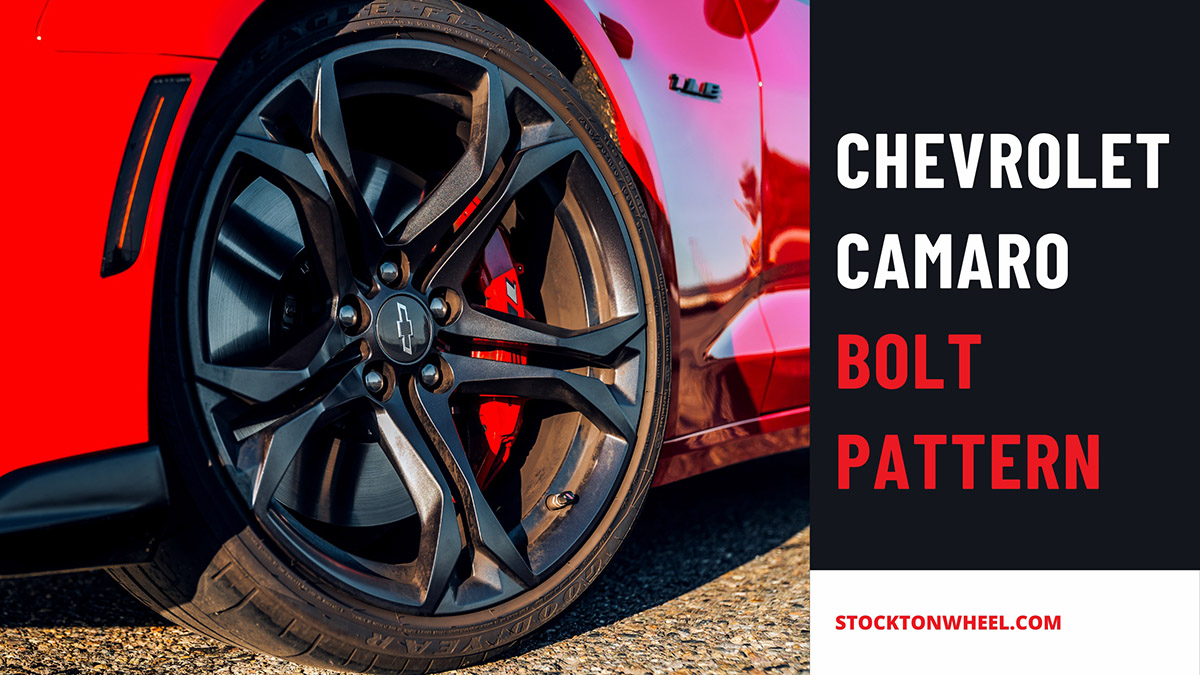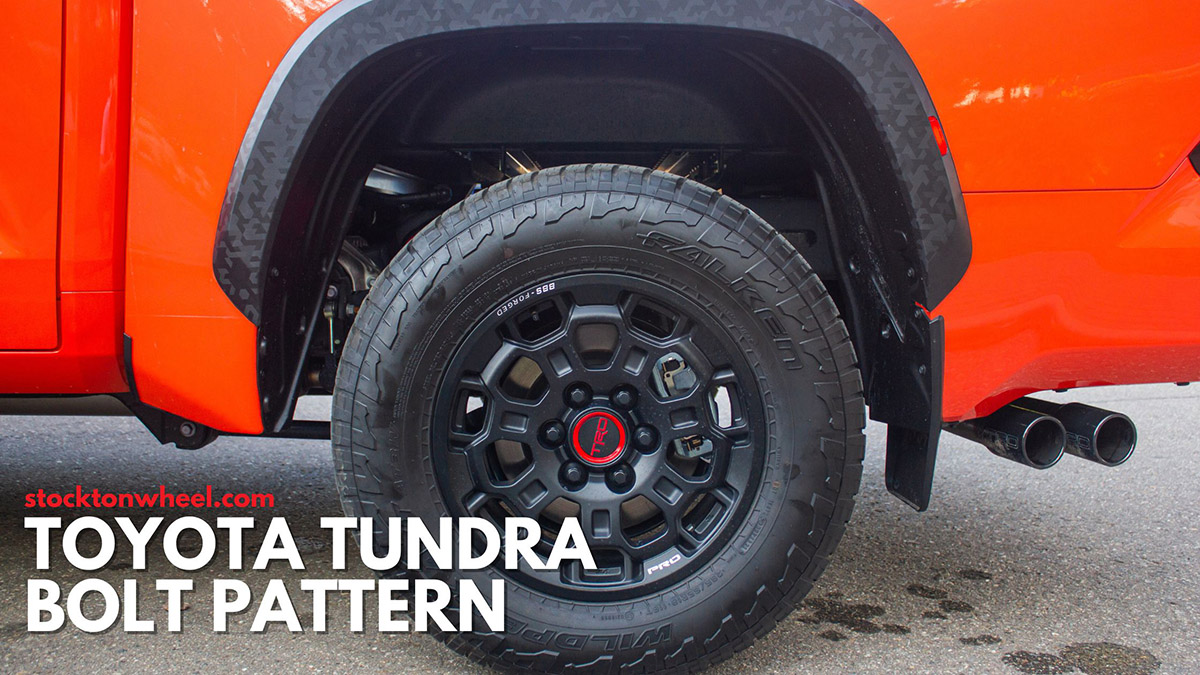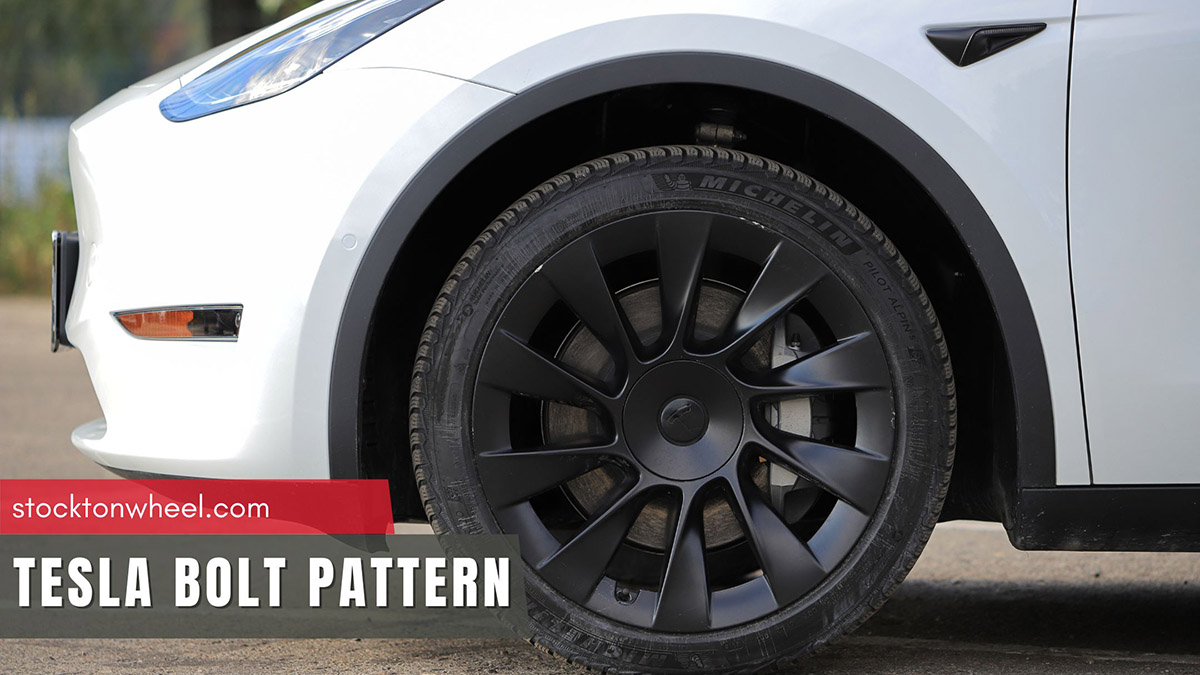As the topic of steering and handling abilities is brought up, most people often think of the braking system, steering wheels, or tire wear; little consideration is given to wheel offsets. For heavy-duty driving or vehicles, such oversight is a deadly mistake!
This article will shed some light on the matter by providing more information and guidance on rims offset. Let’s dive in.
In this article:
Wheel Offset Explained:
1. What Is Wheel Offset?
“Wheel offsets” refer to measurements of your wheels’ position with the rest of the car, calculated in millimeters. The lug holes can either stay close to street sides to manifest a tucked-in layout, or be installed further from street sides to achieve a deep-dish impression.
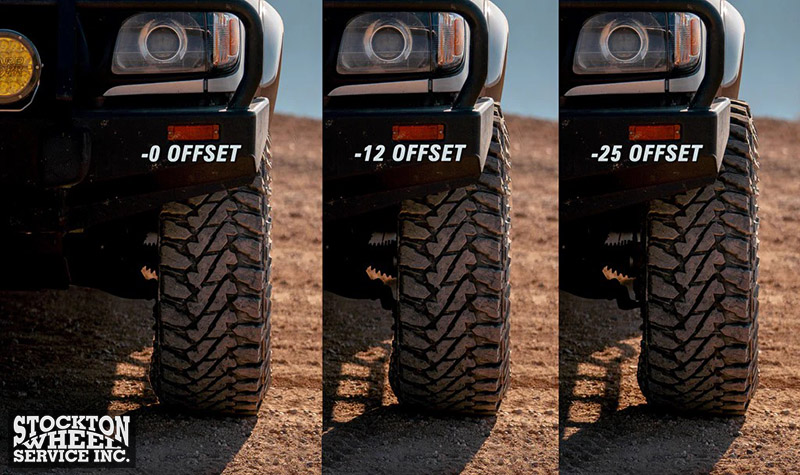
In most cases, the offset can be found stamped onto the rim – the back, on the spoke, or around the mounting areas. There will be a digital diameter around to inform you of the current positions: for instance, “ET +40” implies the wheels are 40 millimeters offset from their center and to the front. ET is short for Einpresstiefe, meaning “insertion depth.”
2. What Are Different Types of Offset?
Let’s pretend we were going to slice the standing wheel from bottom to top; the center is where we measure the connection point of the lug hole – or, in simple terms, how it is offset from the wheel’s direct center.
As such, the offset is divided into three major types:
- Negative offset: With negative offset, the mounting surfaces are close to the back of the wheel and far from street sides (I call it “deep-dish,” as mentioned earlier). As the car is brought closer to the wheel’s inside edge, the front is freed up to offer more space.
- Positive offset: Meanwhile, “positive offset” indicates the mounting runs through the centerline to the wheel’s front/street sides. In extreme cases, it even stays flush with the tire and wheel front.
- Zero offset: The term “Zero” is already self-explanatory. For zero offset, the wheel’s center coincides right with the mounting surface.
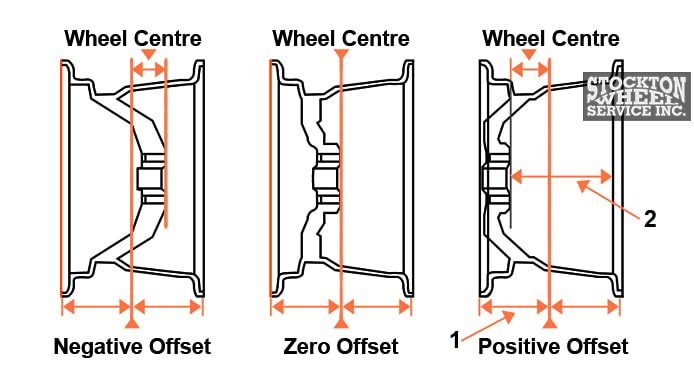
The Pros and Cons of Negative Offsets: Will It Damage Your Car?
Negative offset wheels cannot ruin the car – unless they are excessively implemented. Let’s delve further into the pros and cons.
1. The Pros
Wider Tracks
With negative offsets, the wheel track will grow wider to lend drivers better stability, especially while turning or cornering. As the steering feels are improved, the intuitiveness is brought up accordingly to allow better hand coordination and reflexes.
Better Stance
Hard parkers heavily influenced by stances will fall in love with negative offsets. The deep-dish installments are a tasteful upgrade to the car’s performance, significantly improving its stance and standpoint.
2. The Cons
Premature Wear on The Driveline, Bearings, and Axles
Wider tracks equate to more leverage and pressure on the driveline, hubs, bearings, and axles, especially when your car carries too much weight.
Plus, do not forget that manufacturers align wheel hubs and bearing capacities with the wheels. Hence, lowering the offsets means the bearings, king points, and ball joints must be frequently inspected to keep cracks and defects at bay.
To reduce the stress, it would be best to give these bearings and hubs some punctual upgrades.
Issues With Fender Rubbing
As the wheels pop wider than intended, the front wheels will likely stay flush against the fenders while turning locks to locks. Thankfully, this rubbing issue is quite easy to fix. You may consider:
- Buying fender rolling tools to fold up the lip
- Pulling the fender outwards
- Rolling the fenders and stretching the tires for better fits. (though I cannot guarantee 100% success)
The Pros and Cons of Positive Offsets: Will It Damage Your Car?
Positive offset wheels, in general, are much safer than negative offsets and soon become a crowd’s favorite. However, like any wheel setup, overdoing it might still lead to potential danger.
1. The Pros
Fitting Wider Tires More Easily
This benefit is especially prominent on off-road cars with ample wheel well and clearance – a wonderful choice for drivers who love wide tires but hate to see them pop out too much.
No Guard/Fender Rubbing Problems
Wider tires installed at the front may cause them to rub incessantly against the fenders (I have already discussed this issue concerning negative offsets’ drawbacks).
To prevent that, simply use positive offsets instead.
2. The Cons
Scrubbing Issues With The Upper Control Arms
Cars with independent suspension likely encounter constant rubbing with the control arm. Failure to treat it on time will destroy the wheel’s edge and wear down the suspension components.
So before changing your truck wheel offset and setup, you should check the movement spectrum first (both vertical and sideways).
Clearance Problems With Braking Parts
Does the brake caliper stay too close to the rims? Clearance issues seem to be at play, threatening to damage the wheels.
Some might consider 0.3mm a great clearance measurement; however, remember that the rims tend to flex a lot when banking across hard corners. Plus, heat build-ups also expand the calipers; you will need at least 0.6 mm to ensure zero troubles with the clearance.
Tire Failure Risks
The lack of clearance mentioned above will put tires, brake calipers, and suspension components at severe risk. In the worse scenario, the tire might tear apart from excessive rubbing and blow up amidst driving.
Are Offset and Backspacing on Wheels The Same Thing?
No, not really. While both share the same purpose (calculating the wheel’s mounting), their measurements are far from similar:
- Offsets: Measured from your wheel’s centerline to hub-mounting surface
- Backspacing: Calculated from your wheel’s backside (outer edge) to mounting surfaces.
How To Measure The Wheel Offset At Home?
1. Lay your wheel on an even ground and put a straight line/edge over it.
2. Take a ruler and measure the gap from the floor to the straight edge. Divide the result by two, and you have the center line value.
3. Once done, measure the gap from the hub to the edge and divide the result by two to calculate the hub distance.
- Wheel centerline < hub distance: Positive
- Centerline > hub distance: Negative
- Centerline = hub distance: Zero
FAQs
Is 5mm Offset A Big Difference?
No. 5 mm equates 0.2 inches wide – barely making any difference.
Is Negative Offset Bad for Off-Roading?
No. Off-road racers or drivers will gain better and more aggressive force in return, which can help tackle rough terrains.
Conclusion
My guide has dug deep into the pros and cons of positive vs negative offset. There are no better options; both can be either good or bad, depending on how you use them.
So keep in mind my tips to ensure you do not land on the wrong offset, and send me comments or inboxes if troubles persist.

